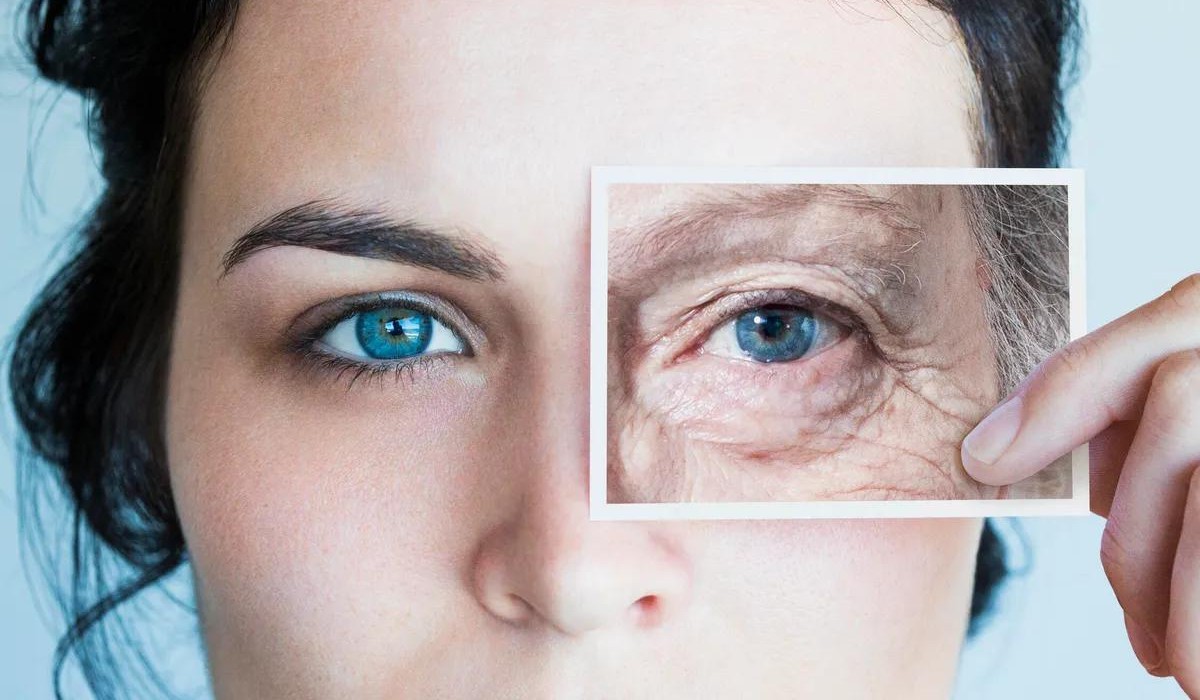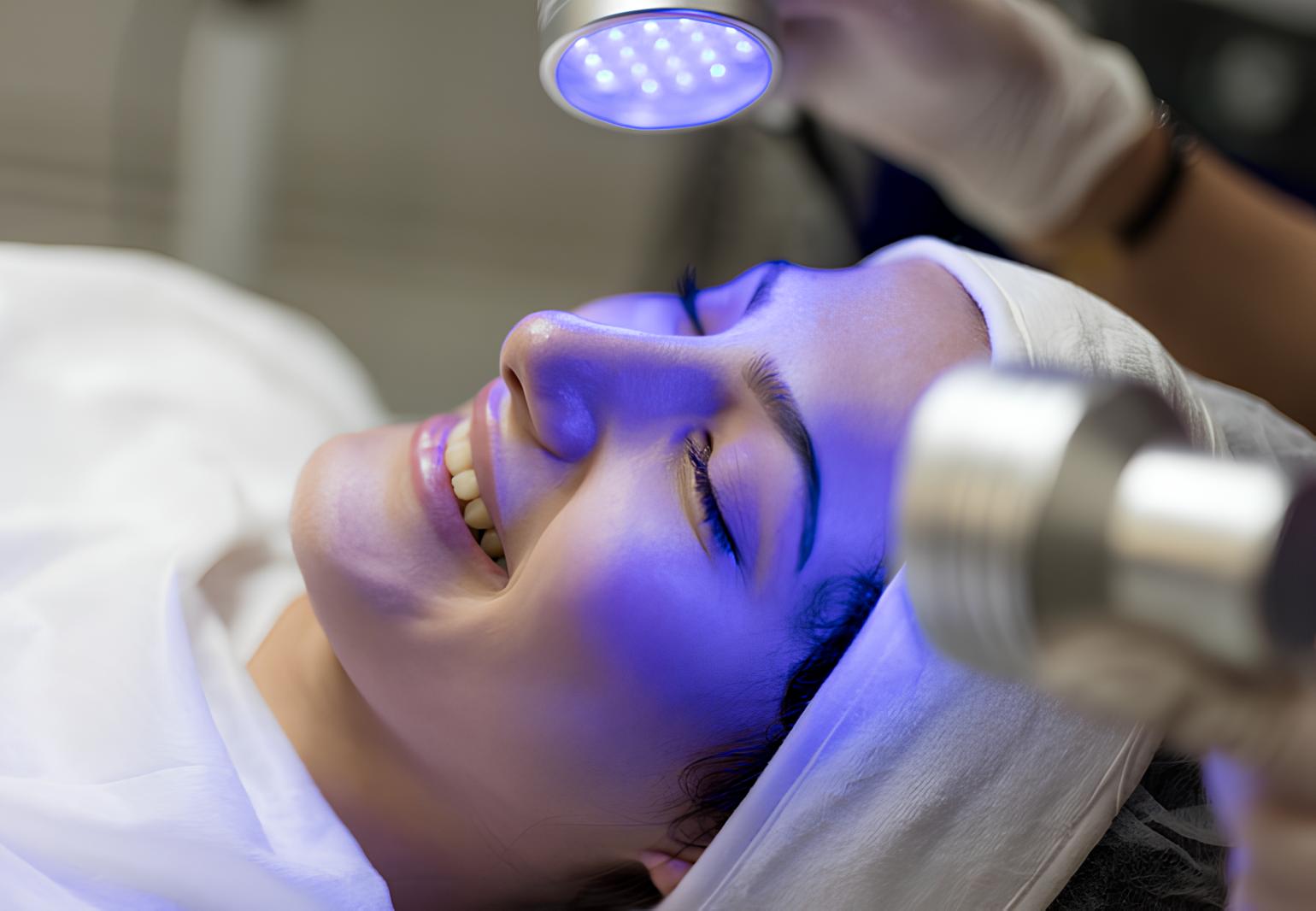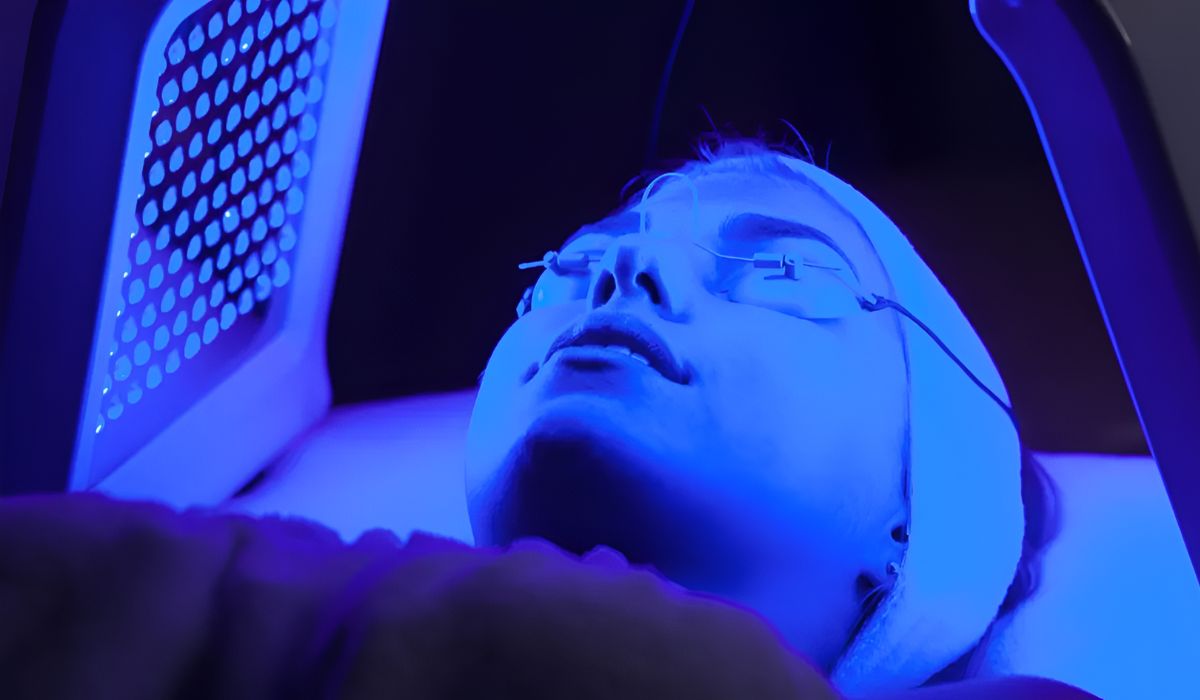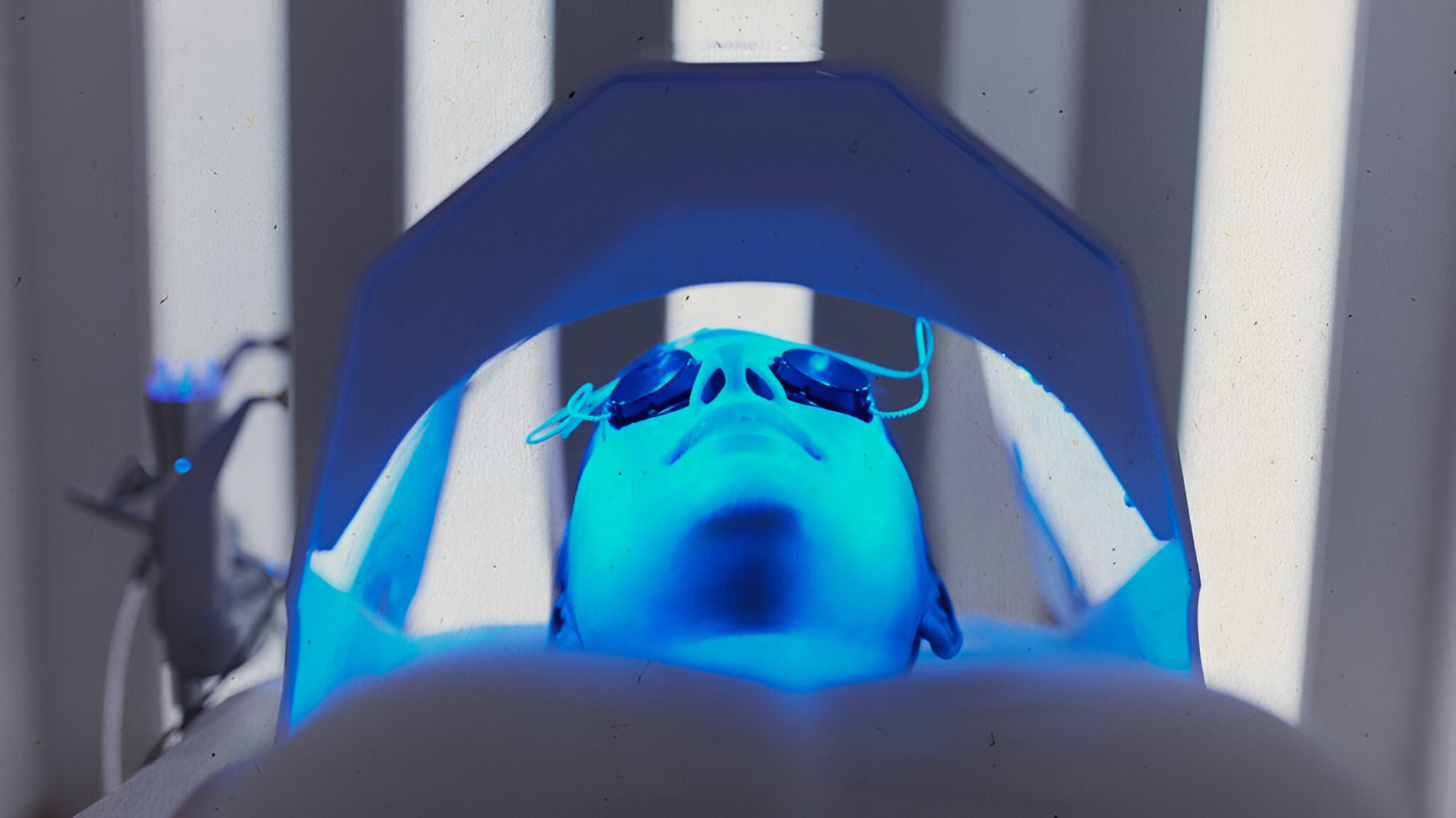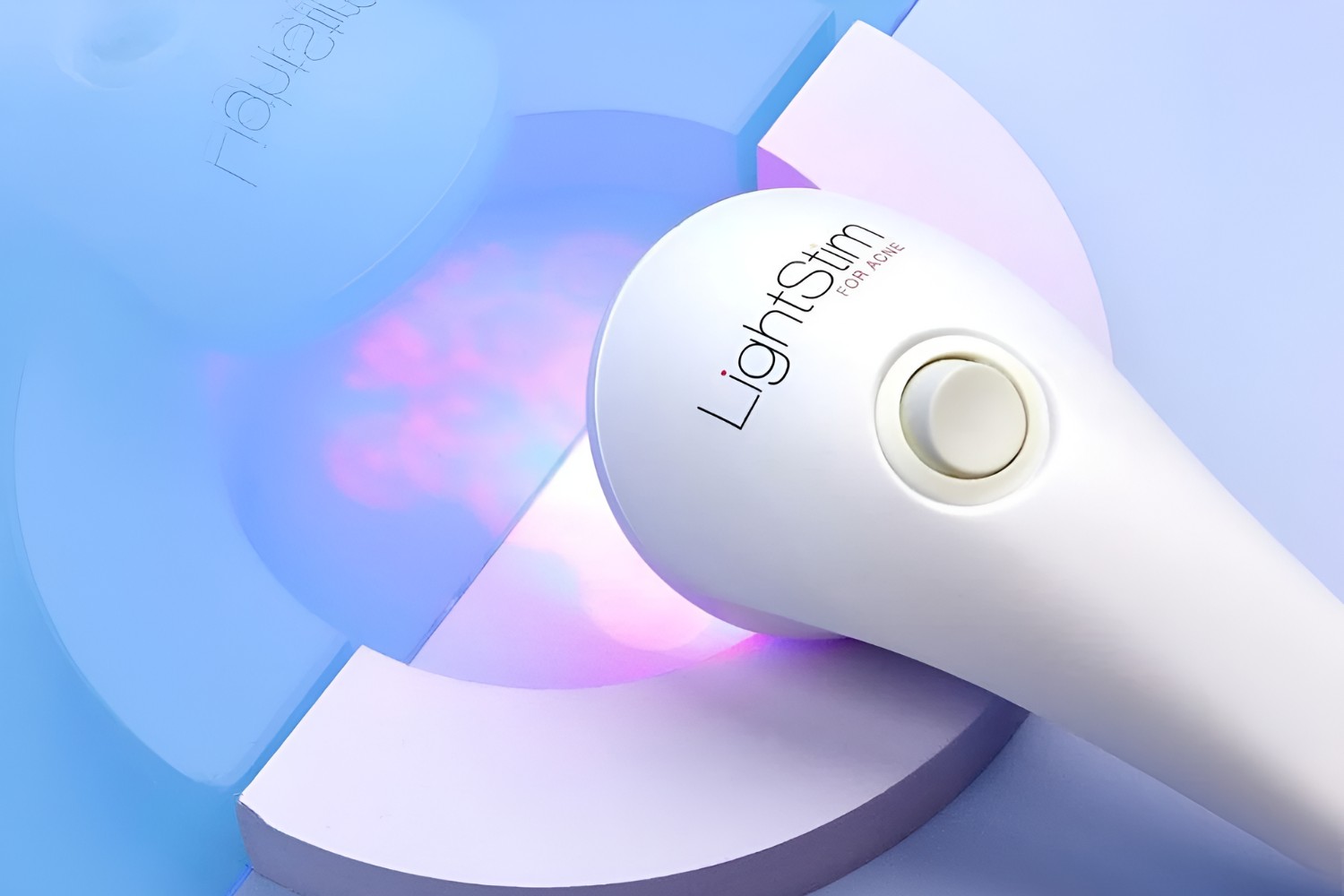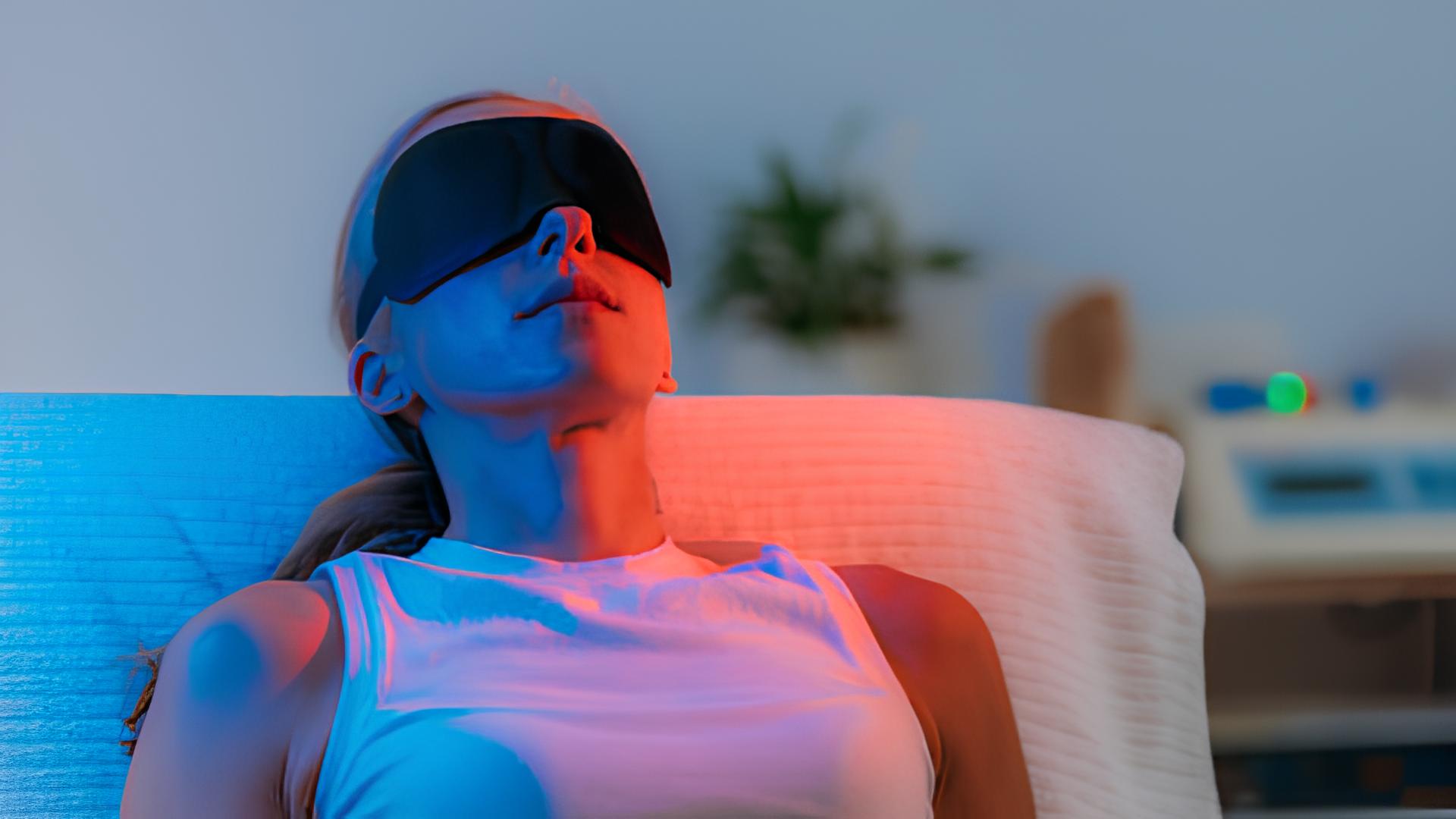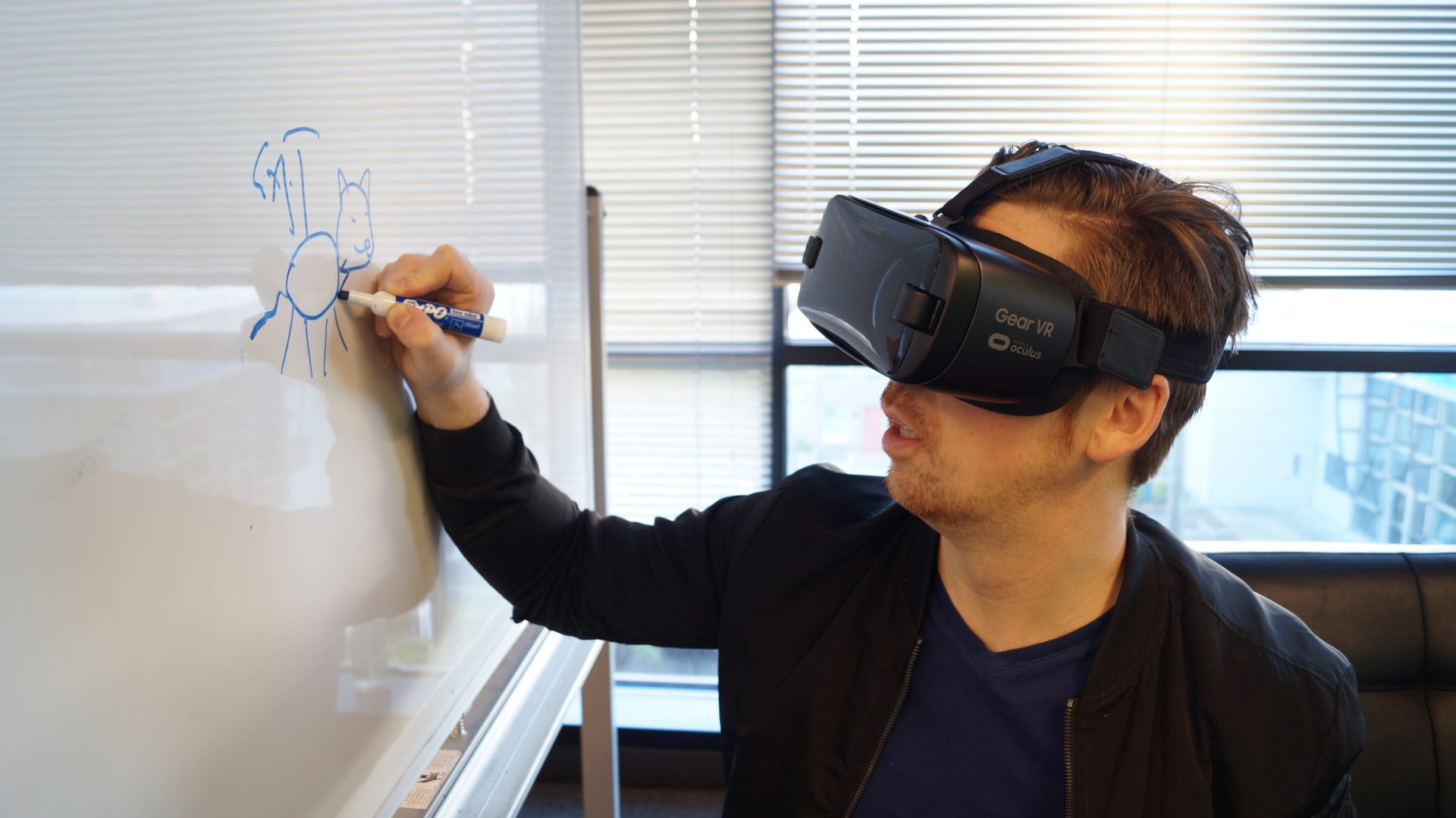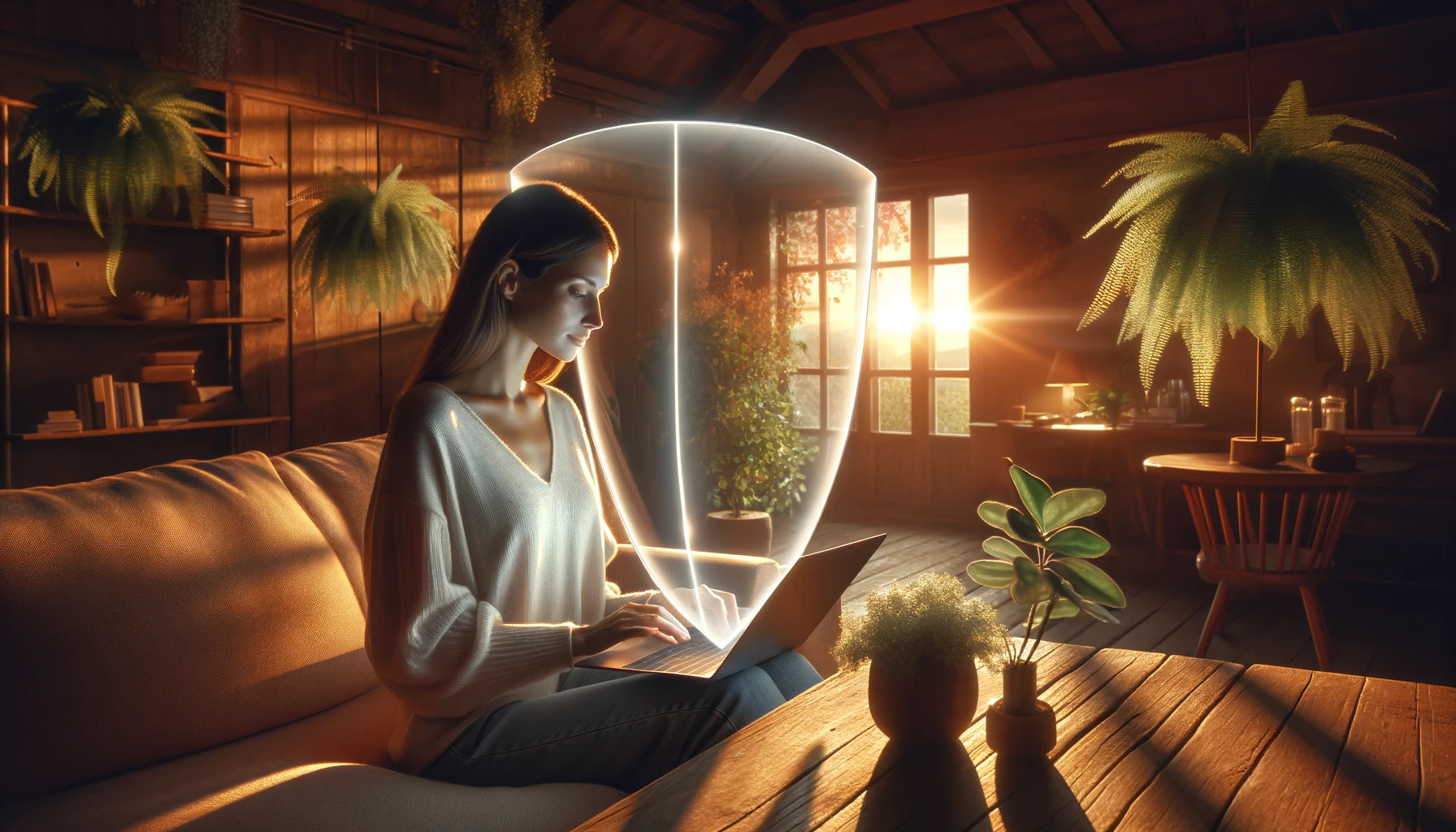Introduction
In today's digital age, our lives are intricately intertwined with technology. From smartphones and laptops to tablets and LED televisions, we are constantly surrounded by screens emitting blue light. While the convenience of these devices enhances our daily lives, there is a growing concern about the potential impact of blue light on our skin.
As we delve deeper into the effects of blue light, it becomes evident that this high-energy, short-wavelength light can penetrate the skin more deeply than ultraviolet (UV) rays. Unlike UV rays, which are well-known for their harmful effects, the implications of blue light exposure have only recently gained attention.
The prevalence of blue light exposure is not limited to our digital devices; it also emanates from fluorescent and LED lighting, further increasing our daily exposure. This raises a crucial question: What exactly is blue light, and how does it affect our skin?
In the following sections, we will explore the nature of blue light, its impact on the skin, and the significance of safeguarding our skin from its potential harm. Understanding the effects of blue light on our skin is imperative in today's tech-centric world, and by gaining insight into this phenomenon, we can take proactive steps to mitigate its impact.
What is Blue Light?
Blue light is a high-energy, short-wavelength light that falls within the visible light spectrum. It is emitted by various sources, including the sun, digital screens (such as smartphones, computers, and televisions), LED and fluorescent lighting, and electronic devices. The distinctive blue hue of this light has led to its classification as "blue light."
With a wavelength range of approximately 380 to 500 nanometers, blue light is known for its ability to penetrate the skin more deeply than ultraviolet (UV) rays. While UV rays have long been associated with skin damage and aging, the potential effects of blue light on the skin have only recently garnered attention.
The pervasive nature of blue light exposure in our daily lives, especially through the extensive use of digital devices, has raised concerns about its impact on skin health. Unlike UV rays, which are filtered by the ozone layer and are commonly associated with skin damage, the effects of blue light on the skin are still being comprehensively studied.
Research suggests that blue light may generate free radicals in the skin, leading to oxidative stress and potential damage to skin cells. This can result in premature aging, including the development of fine lines, wrinkles, and hyperpigmentation. Additionally, blue light has been linked to disruptions in the circadian rhythm, potentially affecting the skin's ability to repair and regenerate during sleep.
It is important to note that not all exposure to blue light is detrimental. Natural sunlight, for example, contains blue light and is essential for regulating the body's internal clock, mood, and cognitive function. However, the cumulative and prolonged exposure to artificial sources of blue light, particularly from digital screens, has raised concerns about its potential impact on skin health.
Understanding the nature of blue light and its potential effects on the skin is crucial in today's digital era. By gaining insight into the characteristics of blue light, we can better comprehend the measures needed to protect our skin from its potential harm. As we continue to explore the impact of blue light on skin health, it is essential to remain informed and proactive in safeguarding our skin from the effects of prolonged blue light exposure.
How Does Blue Light Affect Your Skin?
Blue light, with its shorter wavelength and higher energy, has the ability to penetrate the skin more deeply than ultraviolet (UV) rays. When blue light reaches the deeper layers of the skin, it can induce oxidative stress, leading to the generation of free radicals. These free radicals, in turn, can cause damage to skin cells and contribute to premature aging.
One of the primary concerns associated with blue light exposure is its potential to accelerate skin aging. Research suggests that prolonged and cumulative exposure to blue light may lead to the breakdown of collagen and elastin in the skin. Collagen and elastin are essential proteins responsible for maintaining the skin's firmness and elasticity. When these proteins are compromised, the skin is more prone to developing fine lines, wrinkles, and sagging, thereby accelerating the aging process.
Furthermore, blue light has been linked to the exacerbation of hyperpigmentation. Excessive exposure to blue light can stimulate the production of melanin, the pigment responsible for skin color. This can lead to an uneven skin tone and the exacerbation of existing dark spots or discoloration, particularly in individuals with melasma or other pigment-related skin conditions.
In addition to its direct impact on skin aging and pigmentation, blue light has been shown to disrupt the skin's natural repair and regeneration processes. Exposure to blue light, especially in the evening and nighttime hours, can interfere with the body's circadian rhythm. This disruption may hinder the skin's ability to undergo essential repair and renewal processes during sleep, potentially compromising its overall health and resilience.
It is important to recognize that while blue light exposure poses potential risks to skin health, not all exposure is inherently harmful. Natural sunlight, which contains blue light, plays a crucial role in regulating various physiological processes and supporting overall well-being. However, the cumulative and prolonged exposure to artificial sources of blue light, such as digital screens and LED lighting, has raised concerns about its specific impact on skin health.
As we continue to gain a deeper understanding of how blue light affects the skin, it becomes increasingly important to explore effective strategies for mitigating its potential harm. By acknowledging the intricate relationship between blue light and skin health, we can take proactive measures to protect and support the resilience of our skin in the digital age.
The Importance of Protecting Your Skin from Blue Light
The significance of safeguarding our skin from the potential harm of blue light cannot be overstated, especially in today's tech-centric lifestyle. As we immerse ourselves in a digital environment, the cumulative and prolonged exposure to blue light from various sources, including digital screens and LED lighting, has raised concerns about its impact on skin health. Understanding the importance of protecting our skin from blue light is essential in preserving its health and vitality.
First and foremost, protecting the skin from blue light is crucial for mitigating the risk of premature aging. Research suggests that prolonged and cumulative exposure to blue light can lead to oxidative stress and the generation of free radicals in the skin. This oxidative stress can contribute to the breakdown of collagen and elastin, essential proteins responsible for maintaining the skin's firmness and elasticity. By safeguarding the skin from excessive blue light exposure, we can help minimize the risk of developing fine lines, wrinkles, and sagging, thereby supporting a more youthful and resilient complexion.
Furthermore, protecting the skin from blue light is integral to maintaining an even and radiant skin tone. Excessive exposure to blue light has been linked to the exacerbation of hyperpigmentation, leading to an uneven skin tone and the worsening of existing dark spots or discoloration. By implementing measures to minimize blue light exposure, such as utilizing protective skincare products and adjusting screen settings, we can help preserve the skin's clarity and minimize the risk of pigmentation-related concerns.
Additionally, safeguarding the skin from blue light is essential for supporting its natural repair and regeneration processes. The disruption of the body's circadian rhythm due to blue light exposure, particularly in the evening and nighttime hours, can impede the skin's ability to undergo essential repair and renewal processes during sleep. By minimizing blue light exposure and creating conducive environments for restorative sleep, we can optimize the skin's inherent ability to rejuvenate and maintain its overall health and resilience.
In essence, the importance of protecting our skin from blue light lies in preserving its youthful appearance, maintaining an even skin tone, and supporting its natural repair mechanisms. By acknowledging the potential impact of blue light on skin health and implementing proactive measures to minimize exposure, we can empower our skin to thrive in the digital age. As we continue to prioritize skin protection in the face of evolving technological landscapes, it is imperative to recognize the pivotal role of mitigating the potential effects of blue light for the long-term well-being of our skin.
Tips for Minimizing Blue Light Exposure
In today's digital era, minimizing blue light exposure is essential for preserving skin health and mitigating the potential risks associated with prolonged screen time and artificial lighting. By implementing practical strategies to reduce blue light exposure, individuals can proactively safeguard their skin and support its overall well-being. Here are several effective tips for minimizing blue light exposure:
-
Utilize Blue Light Filters: Consider applying blue light filters or screen protectors on digital devices, such as smartphones, tablets, and computers. These filters are designed to reduce the amount of blue light emitted by screens, thereby lessening its potential impact on the skin.
-
Adjust Screen Settings: Explore the screen settings on electronic devices and adjust the brightness and color temperature to minimize blue light emission. Many devices offer built-in features that allow users to modify display settings, such as activating "night mode" or reducing blue light intensity.
-
Take Regular Screen Breaks: Incorporate regular breaks into screen-intensive activities to reduce continuous blue light exposure. Engage in the 20-20-20 rule, which involves taking a 20-second break every 20 minutes to focus on an object at least 20 feet away. This practice can help alleviate eye strain and lessen overall blue light exposure.
-
Invest in Blue Light Glasses: Consider investing in blue light-blocking glasses, specifically designed to filter out a portion of blue light from digital screens. These glasses can be beneficial for individuals who spend extended periods in front of screens, providing an additional layer of protection for the eyes and skin.
-
Opt for Protective Skincare: Explore skincare products formulated with ingredients that offer blue light protection. Look for antioxidants, such as vitamin C and vitamin E, which can help neutralize free radicals generated by blue light exposure. Additionally, consider using broad-spectrum sunscreen daily to shield the skin from potential environmental stressors, including blue light.
-
Create Screen-Free Zones: Establish designated screen-free zones in living and sleeping areas to minimize overall blue light exposure, especially during evening and nighttime hours. Encourage activities that do not involve digital devices to promote relaxation and support the body's natural circadian rhythm.
By integrating these practical tips into daily routines, individuals can actively reduce their exposure to blue light and contribute to the preservation of skin health. It is important to approach blue light exposure with mindfulness and awareness, recognizing the potential impact it may have on skin health and well-being. Through informed choices and proactive measures, individuals can navigate the digital landscape while prioritizing the protection and care of their skin.
Conclusion
In conclusion, the prevalence of blue light exposure in our modern, technology-driven lives has prompted a deeper exploration of its potential impact on skin health. As we continue to navigate a digital landscape characterized by extensive screen time and artificial lighting, understanding the effects of blue light on the skin is paramount. The culmination of research and insights into blue light's interaction with the skin underscores the importance of proactive measures to minimize its potential harm.
The multifaceted effects of blue light on the skin, including its capacity to induce oxidative stress, accelerate aging, and disrupt the skin's natural repair mechanisms, highlight the need for comprehensive protection. By recognizing the intricate relationship between blue light and skin health, individuals can empower themselves to make informed choices and implement practical strategies to mitigate blue light exposure.
The significance of safeguarding the skin from blue light extends beyond preserving its youthful appearance and even tone; it encompasses the fundamental commitment to supporting the skin's resilience and overall well-being. Through the utilization of blue light filters, adjustments to screen settings, and the integration of protective skincare products, individuals can actively minimize their exposure to blue light and fortify their skin's defenses against potential environmental stressors.
As we embrace the digital age and its technological advancements, it is essential to prioritize skin protection and advocate for practices that promote a balanced relationship with digital devices. By fostering awareness and mindfulness regarding blue light exposure, individuals can cultivate environments that support the long-term health and vitality of their skin.
In essence, the journey toward understanding and addressing the effects of blue light on the skin is an ongoing endeavor. By staying informed, embracing preventive measures, and nurturing a holistic approach to skin care, individuals can navigate the digital landscape with confidence, knowing that they are actively safeguarding their skin from the potential impact of blue light exposure.
Ultimately, the pursuit of skin protection in the face of evolving technological landscapes underscores a commitment to holistic well-being, empowering individuals to thrive in a digital world while preserving the health and resilience of their skin.







